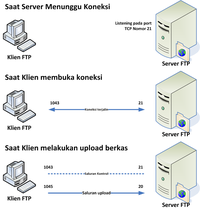| 1. Installing DNS on Windows Server 2003:
Then, check "Domain Name System (DNS)" as shown in Figure 2 below and click "OK" to close each window and "Next" to install DNS. You will be asked to insert your Windows Server 2003 disk. Click "Finish" once the installation is complete.
You have now installed DNS. | | |
| |
|
| | |
| |
2. Where to find the DNS Manager: If you are using the "Classic" style Start Menu, you can reach the console by clicking "Start", "Programs", "Administrative Tools" and select "DNS" from the list in figure 3 above. | |
| |
|
| | |
| |
3. Configure your DNS Server: | |
| |
|
| | |
| |
4. Adding a new "Zone": | |
| |
|
| | |
| |
5. The Zone File: | |
| |
|
| | |
| |
6. Dynamic Update: | |
| |
|
| | |
| |
7. Forwarders: | |
| |
|
| | |
| |
8. Adding a new Host: | |
| |
|
| | |
| |
9. The New Host: | |
| |
|
| | |
| |
10. Configuring your client PCs (Windows XP): To do this, right-click on "My Network Places" and select "Properties". Then, right-click on "Local Area Connection" and select "Properties". Select "Internet Protocol (TCP/IP)" from the list and click "Properties". The screen shown in figure 11 will be shown. Ensure that the "Use the following DNS server addresses" radio button is selected and enter the IP address of your new DNS Server into the "Preferred DNS Server" box and press "OK". The client PC will now use your new DNS Server. Alternatively, where you have access to a DHCP server, you can configure it to issue the IP address of the new DNS server to all your client PCs automatically. This is the preferred method of assigning a DNS server and the method I use in my internal network. |













